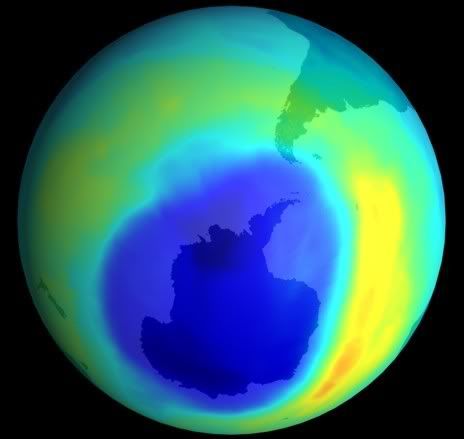2007 wishes for ANWR and the bears
Finally the political momentum may be going the other way, at least ever since 2000 when Bush called for opening the Arctic National Wildlife Refuge (ANWR) during his presidential campaign and the House of Representatives repeatedly passed bills in favour.
Legislation introduced in the House last Friday by the Democratic Party, would make the oil-rich 1.2 million-acre coastal strip of the ANWR a permanently protected wilderness and end repeated efforts to open the area east of the Prudhoe oil field (1002 Area on map) to energy companies.
The efforts on ANWR are coinciding with the Department of the Interior’s decision, on December 27 2006, to propose listing polar bears as threatened under the Endangered Species Act, in response to a suit filed in 2005 by three green groups.
Retreating ice in the Arctic and how it affects polar bears has been described as the “canary in the coal mine” in terms of climate change. It has already led to starvation, cannibalism, and drowning among the world's 20,000 to 25,000 polar bears (4,700 of which live in Alaska and spend part of the year in Canada and Russia). Check out the PBI’s pages for more on the research carried out
It looks like 2007 may actually turn out to be the International Polar Year.
Legislation introduced in the House last Friday by the Democratic Party, would make the oil-rich 1.2 million-acre coastal strip of the ANWR a permanently protected wilderness and end repeated efforts to open the area east of the Prudhoe oil field (1002 Area on map) to energy companies.
The efforts on ANWR are coinciding with the Department of the Interior’s decision, on December 27 2006, to propose listing polar bears as threatened under the Endangered Species Act, in response to a suit filed in 2005 by three green groups.
Retreating ice in the Arctic and how it affects polar bears has been described as the “canary in the coal mine” in terms of climate change. It has already led to starvation, cannibalism, and drowning among the world's 20,000 to 25,000 polar bears (4,700 of which live in Alaska and spend part of the year in Canada and Russia). Check out the PBI’s pages for more on the research carried out
It looks like 2007 may actually turn out to be the International Polar Year.
Labels: ANWR, Arctic, biodiversity, climate change, conservation, energy, environment, politics




0 Comments:
Post a Comment
<< Home